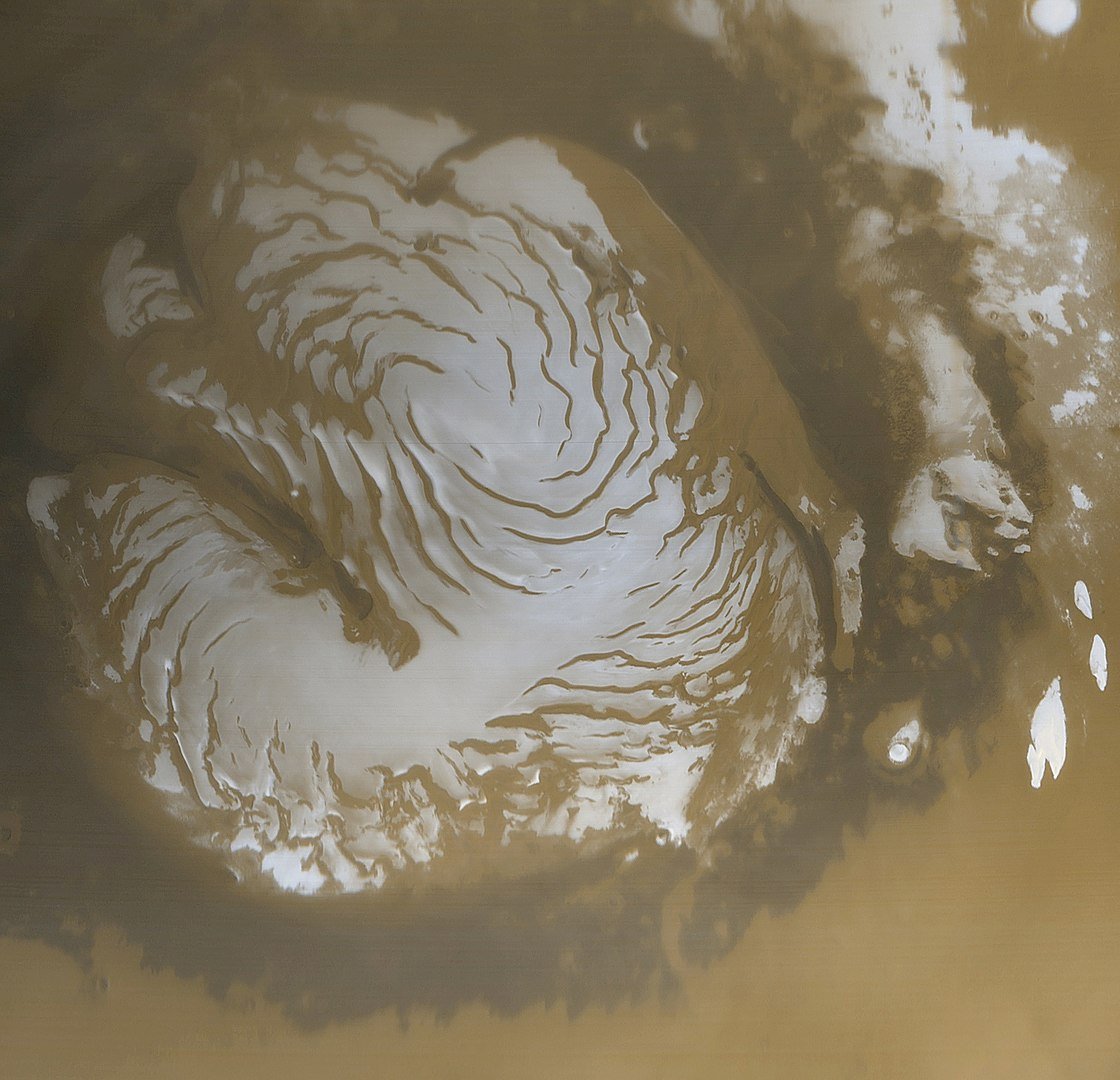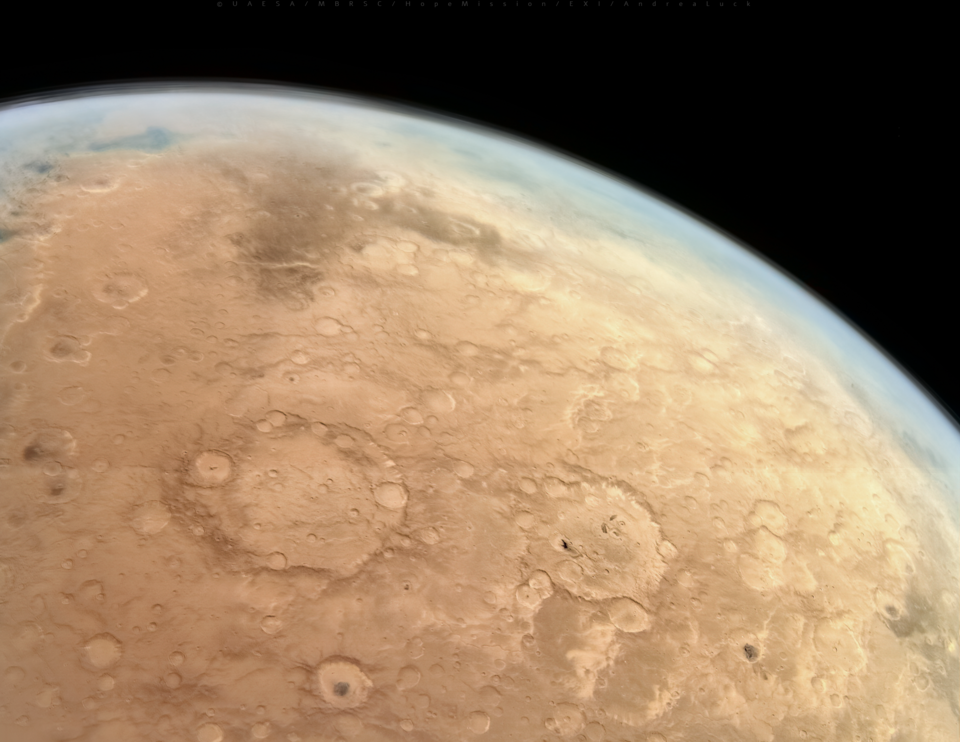Terraforming is the theoretical process of transforming a planet or moon to make it habitable for humans and other Earth like life. The concept involves altering an alien world’s atmosphere, temperature, and surface conditions to resemble Earth’s environment, such as adding oxygen to the air, creating liquid water on the surface, and establishing a stable climate. Mars is the most commonly discussed candidate for terraforming, with proposals ranging from releasing greenhouse gases to warm the planet, to introducing microorganisms that could gradually produce oxygen over thousands of years.
Until recently, the idea of terraforming Mars has belonged to science fiction, a grand vision of transforming the cold, barren red planet into a world teeming with life. The idea has captured imaginations for generations, but serious scientists have largely dismissed it as impossible. Now, however, a team of researchers led by Dr Erika DeBenedictis from Pioneer Labs argues it’s time to take terraforming seriously as a research programme, not because we should start tomorrow, but because recent breakthroughs in several fields have shifted the concept from impossible to merely very difficult.
 Artist impression of terraforming Mars (Credit : Daein Ballard)
Artist impression of terraforming Mars (Credit : Daein Ballard)
Dr DeBenedictis, the CEO of Pioneer Labs authored a workshop summary that was prepared for the 2025 Green Mars Workshop, makes the case plainly and simply. Thirty years ago, terraforming Mars wasn’t just hard, it was impossible. But new technologies, from SpaceX’s Starship potentially slashing launch costs by a factor of a thousand to advances in synthetic biology and climate modelling, have fundamentally changed the equation. The question is no longer whether terraforming is physically possible, but whether we should even pursue it and how we might approach such an incredible undertaking.
The workshop summary presents an intriguing narrative, beginning with possible planetary endpoints and tracing back to the steps required to reach them. The vision unfolds in phases. First comes warming, raising Mars’s average temperature by tens of degrees within a few decades using engineered aerosols or greenhouse gases. Recent research suggests Mars harbours enough water ice to then form an ocean covering nearly four million square kilometres at depths of 300 metres. A temperature increase of around 30 degrees Celsius could begin melting these frozen reserves, creating conditions where liquid water could exist on the surface.
 The Mars Global Surveyor (MGS) Mars Orbiter Camera (MOC) acquired this image of the Martian north polar cap in early northern summer revealing its polar cap of ice (Credit : NASA/JPL/Malin Space Science Systems)
The Mars Global Surveyor (MGS) Mars Orbiter Camera (MOC) acquired this image of the Martian north polar cap in early northern summer revealing its polar cap of ice (Credit : NASA/JPL/Malin Space Science Systems)
The second phase involves establishing microbial life. Here’s where synthetic biology becomes crucial. Researchers propose engineering extremophiles, microbes that thrive in harsh conditions, combining traits like temperature tolerance, radiation resistance, and indifference to atmospheric pressure. These hardy organisms could potentially cover Mars with algae like growth within decades, beginning the slow process of atmospheric transformation through photosynthesis.
The final phase stretches across centuries or even millennia, building an oxygen rich atmosphere thick enough to support complex life. The team suggests starting within enormous domed habitats, 100 metres tall, where photosynthesis or water electrolysis could generate breathable air. Beyond these structures, spreading plant life would gradually contribute oxygen to the broader atmosphere, though this natural process alone would take a thousand years. Eventually though, human explorers could leave the protective domes and live on the planet’s surface.
The research also highlights critical unknowns that must be addressed. What lies beneath the extensive ice sheets on Mars? How would dust storms behave in a warmer, wetter atmosphere? Are materials needed for large scale water electrolysis, are they abundant enough on Mars, or would they require expensive importation from Earth?
 Image of Mars and its thin atmosphere, photographed by Emirates Mars Mission (Credit : United Arab Emirates Space Agency and Andrea Luck)
Image of Mars and its thin atmosphere, photographed by Emirates Mars Mission (Credit : United Arab Emirates Space Agency and Andrea Luck)
Beyond the technical challenges lie the ethical questions. If we decide to terraform Mars, we will change it in ways that may not be reversible. Mars has its own planetary history, and terraforming would effectively end our opportunity to study that pristine record. If indigenous Martian life exists, even in microbial form, our interventions could destroy it. The researchers argue that studying terraforming has immediate practical benefits for Earth. Technologies developed for Mars habitation, from desiccation resistant crops to sustainable closed loop systems, could directly benefit our home planet. Developing green technologies for space might offer a pathway to maturing them for terrestrial use.
I have to confess, as a not so closet space enthusiast, there’s something compelling about approaching planetary engineering not as immediate action but as rigorous research. The workshop summary doesn’t advocate launching terraforming missions tomorrow. Instead, it calls for careful laboratory studies, detailed climate modelling, and perhaps small scale experiments on future Mars missions to test localised warming strategies. But, and it’s a big but, before we consider transforming an entire world, we must thoroughly understand what we’re working with and what we might be risking. The conversation has shifted from “could we?” to “should we, and if so, how?” and that represents genuine, considered progress.
Source : An Introduction to Mars Terraforming, 2025 Workshop Summary

